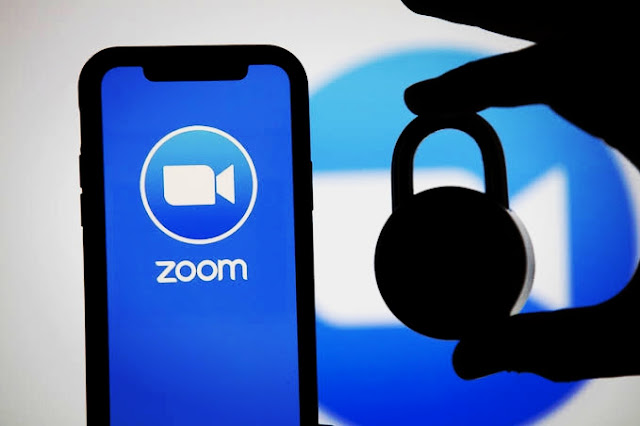
Zoom adds new security feature against privacy problems
Zoom has added a new security update as continues to fight against privacy threats.
The app has become perhaps the most prominent way for people to keep in touch with colleagues and friends through global lockdowns, reporting a vast increase in the number of people using it in recent months.
But that extra attention has also brought concern about its security features, amplified by a range of high-profile incidents. Those problems have included Zoombombing, where unauthorised people break into Zoom chats, often shouting offensive or troubling things.
Now the company has added yet another update intended to keep chats more secure: two factor-authentication, or 2FA.
The feature is another layer of security intended to ensure that only the right people are able to join any given conversation.
2FA is a log-in system which requires users to provide an additional piece of information, such as a pin code sent via text message, as well as a password.
Zoom said the addition of the feature would help business and personal users “reduce the risk of identity theft and security breaches by adding an extra layer of security that prevents bad actors from accessing accounts by guessing passwords or gaining access to employees’ or students’ devices”.
In response, Zoom launched a major overhaul of its security features and has rolled out a number of updates to the app to better protect users.
In a blog post announcing the 2FA update, the company said: “Zoom’s enhanced Two-Factor Authentication (2FA) makes it easier for admins and organisations to protect their users and prevent security breaches right from our own platform.
“Two-Factor Authentication identifies online users by requiring them to present two or more pieces of evidence, or credentials, that authenticate their ownership of the account, such as something the user knows (a password or pin), something the user owns (a smart card or mobile device), or something the user has (fingerprints, voice).”
(The independent)



























Post Comment